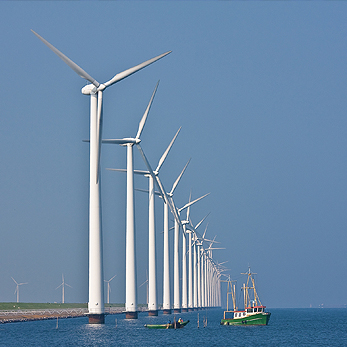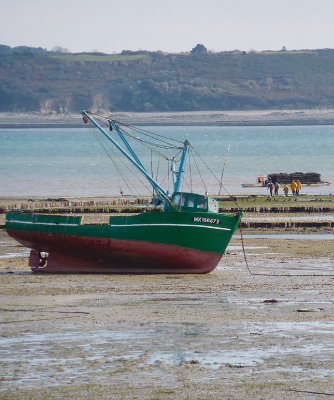Pollution with germs from faecal material is of concern in coastal zones. Sources include treated and untreated sewage discharges from land or ships and animal excrement (e.g. from wildlife and farm animals in coastal catchments), storm water discharges and other diffuse sources. Bathers, pets and contaminated marine sediments also contribute. Impacts depend on weather, turbidity and hydrodynamics.
Bacteria and viruses from humans and animals can affect water quality and marine organisms. Their accumulation in shellfish is a major concern. Gastroenteritis and Hepatitis A are the most important microbial diseases transmitted to humans through shellfish. Contaminated water can also transmit diseases to bathers. Over the past 15 years the quality of bathing waters has improved significantly in most OSPAR countries as a result of increasing compliance with EU requirements. In 2006, around 5% of Europe’s bathing waters did not meet the mandatory level of microbiological quality, in some cases despite sewage treatment. This shows that diffuse pollution is a problem which is difficult to manage.
Limited information prevents an overall assessment of trends in water quality in shellfish areas, but there are examples of improvement following better urban waste water treatment. Recently, outbreaks of shellfish disease have been detected in shellfish that met bacteriological standards. One explanation is that existing indicators are not good at detecting viruses.
Since the QSR 2000, European legislation has been reinforced to address the sanitary risk to humans. This has been achieved by setting quality standards for bathing waters (Bathing Water Directive) and shellfish growing areas (Shellfish Water Directive), as well as requiring better urban waste water treatment. The Water Framework Directive and the Marine Strategy Framework Directive are also driving improved water quality.
OSPAR should promote international actions to improve detection of pathogens in seawater and seafood and the assessment of associated risks through expanded monitoring, modelling and development of suitable molecular tools. OSPAR countries should fully identify and quantify sources of microbial pollution. Further reductions in faecal inputs to coastal waters are needed, such as through better sewage collection and treatment and best practices for agricultural uses of sewage and manure. Early warning systems based on the latest technological standards need to be implemented.


